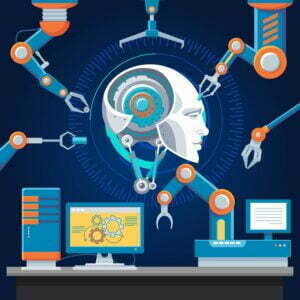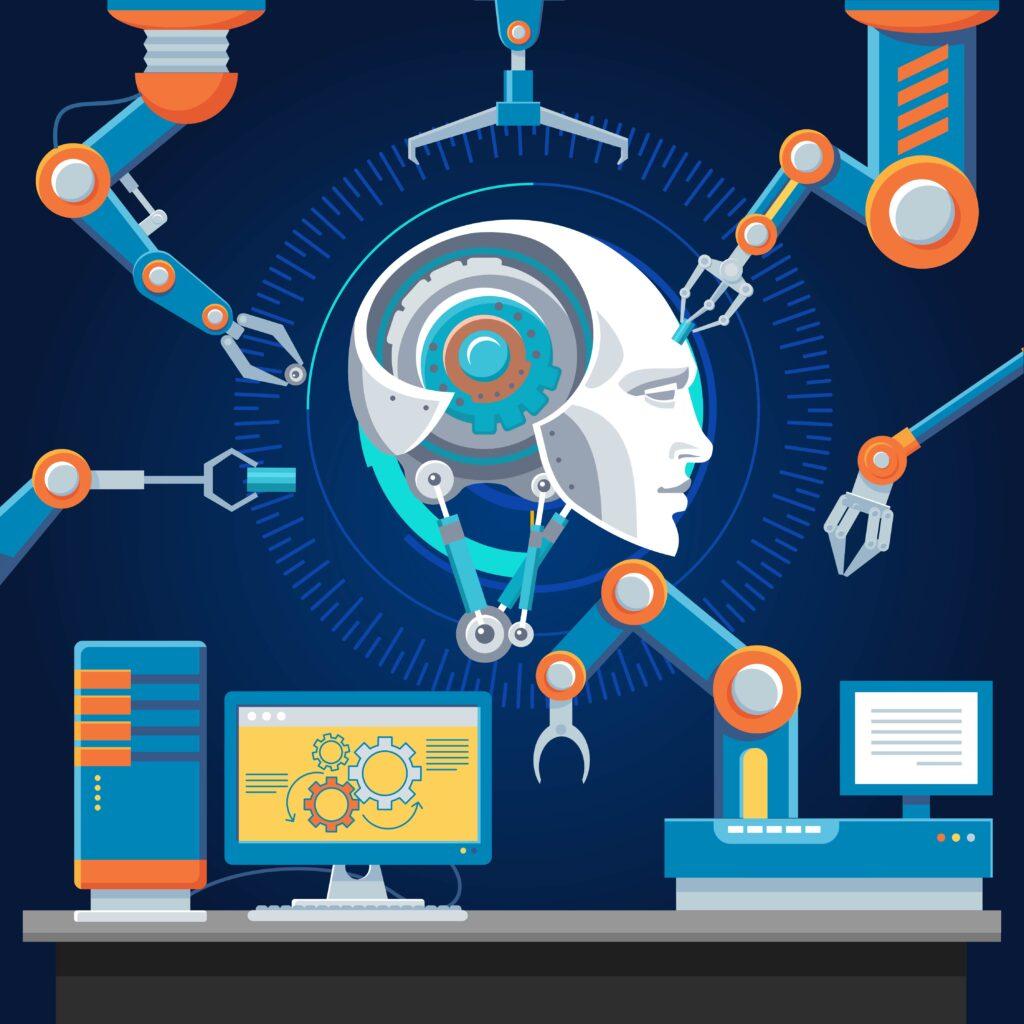
Robotic process automation (RPA) is a transformative technology using software robots to streamline repetitive tasks in business processes, revolutionizing operations, efficiency, and resource allocation. Key concepts, benefits, challenges, and future prospects are discussed.
Key concepts:
Automation with bots: Robotic process automation employs software bots for data entry, extraction, and report generation.
Rule-based tasks: RPA excels in repetitive, rule-based tasks, utilizing data manipulation, reactions, and software communication.
Process mapping: Organizations map processes for automation, identifying steps, interactions, and decision points for effective deployment.
User Interface: Robotic process automation (RPA) bots interact with the user interface just like human users, entering data, clicking buttons and navigating through screens. This allows bots to work with existing systems without the need for significant changes.
Benefits of RPA:
Increased efficiency: RPA accelerates job execution, reduces errors, and operates 24/7, leading to substantial gains in operational efficiency and reduced processing time.
Cost savings: By automating repetitive tasks, organizations can free up human resources for more strategic and value-added activities, which can lead to cost savings in the long run.
Accuracy and consistency: RPA ensures accurate, consistent task execution, reducing errors.
Scalability: RPA scalability effectively manages workload fluctuations.
Regulatory Compliance: RPA’s audit trails and data logging capabilities aid in compliance with regulations, as all activities performed by bots are recorded and traceable.
Rapid implementation: RPA tools are designed to be user-friendly, allowing organizations to automate processes relatively quickly compared to traditional IT projects.
Challenges and Considerations:
Process Selection: Selecting right processes for automation is crucial; complex, human-judged, or standardized processes may not work well.
Change Management: RPA involves workflow changes, requiring management and employee participation.
Maintenance and monitoring: RPA requires less maintenance but requires regular monitoring for problem identification.
Security and data privacy: Organizations must ensure that sensitive data and processes remain secure as bots interact with various systems and applications.
Future Prospects:
The future of RPA is promising, with several developments to come:
Cognitive RPA: RPA and cognitive technologies enable bots to handle complex tasks with decision-making.
Hyperautomation: Hyperautomation involves using RPA along with other advanced technologies such as artificial intelligence (AI) and machine learning (ML) to create an end-to-end automation ecosystem.
Expansion of use cases: The application of RPA is expanding beyond back-office functions to include customer service, data analysis, and even customer interactions through chatbots.
Integration with IoT: Integrating RPA with the Internet of Things (IoT) can lead to seamless automation of processes that include both digital and physical components.
Conclusion
RPA enhances organizational efficiency by automating rule-based tasks.




